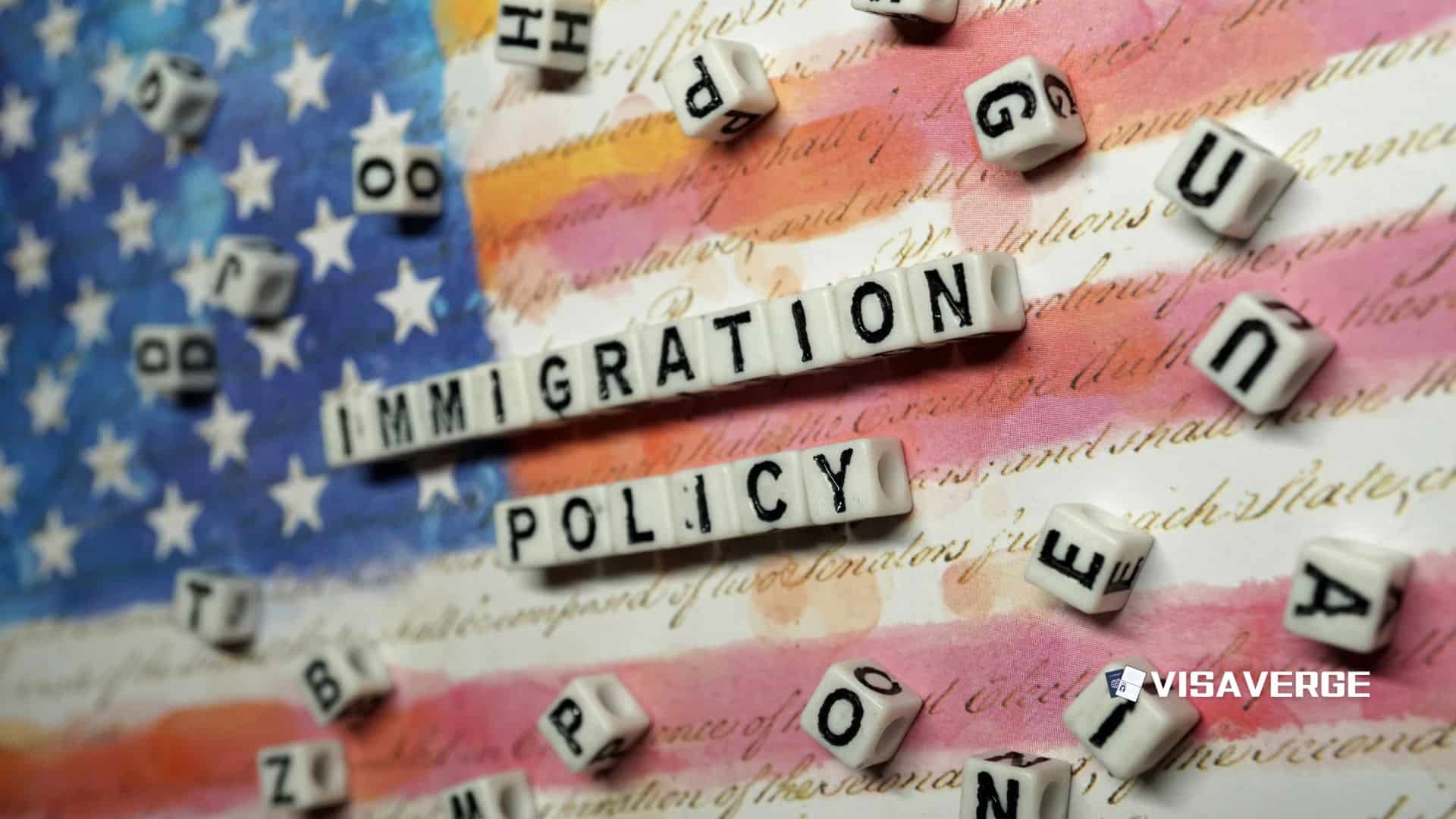Donald Trump’s renewed immigration crackdown is causing major labor shortages across the United States 🇺🇸, hitting construction, agriculture, and Health care especially hard. As of July 29, 2025, employers and workers are feeling the effects, with project delays, rising costs, and job insecurity spreading across many communities.
In California, construction sites now operate with less than half their normal workforce. Many workers, especially those without legal status, are staying home out of fear of Immigration and Customs Enforcement (ICE) raids. This shortage is slowing down the rebuilding of over 12,000 homes lost in recent wildfires. About 41% of California construction workers are foreign-born, making this sector very sensitive to immigration enforcement. Contractors say some workers now demand double the usual pay, which drives up costs for everyone.

The agriculture sector faces similar problems. ICE raids have led up to 45% of farmworkers to abandon their jobs, threatening harvests and causing immediate labor shortages. The Trump administration has tried different responses, like suggesting Medicaid recipients could fill these jobs or offering temporary exemptions for some industries. However, these steps have not solved the problem. Farmers warn that fewer workers could mean higher food prices and supply chain problems.
Health care is also struggling. Trump’s policies are making it even harder to fill important jobs, especially in elder care and rural clinics. The crackdown reduces the number of available workers and adds more paperwork for employers, making hiring even slower.
If current deportation rates continue—about 1 million per year—the country could lose 3.3 million employed immigrants and 2.6 million U.S.-born workers over four years. That’s nearly 6 million jobs lost, or a 3.6% drop in total employment. The construction sector alone could lose 2.27 million jobs, while child care could lose 548,000 jobs. Studies show that when immigrants lose jobs, U.S.-born workers also lose jobs because many industries depend on both groups working together.
The “One Big Beautiful Bill” (H.R. 1) passed in 2025 increases enforcement funding but gives less than 8% to immigration court processing. This has made the backlog worse, with 3.9 million cases now waiting. The bill also caps the number of immigration judges and adds new fees for legal immigration, making it harder for people to follow the law. The Executive Office for Immigration Review (EOIR) has started charging these fees, but inconsistent rules have led to rejected asylum applications. U.S. Citizenship and Immigration Services (USCIS) plans to add these fees soon.
Employers report they cannot find enough legal workers to replace those lost to enforcement. Some have asked for temporary passes for immigrant workers, but these are rarely granted. Workers, both immigrant and U.S.-born, fear raids and job loss, leading many to avoid work altogether.
Supporters of the crackdown say it is needed for national security and to protect U.S.-born workers. Critics warn it is hurting the economy and causing unnecessary hardship. As reported by VisaVerge.com, the situation remains tense, with no major relief in sight.
For official updates and resources, visit the USCIS website. Employers and workers should stay informed about changing rules and seek legal advice when needed.
Learn Today
Immigration and Customs Enforcement (ICE) → Federal agency enforcing immigration laws, conducting raids and arrests of undocumented immigrants.
Deportation → Legal process of removing a foreign-born individual from the United States for violating immigration laws.
USCIS → U.S. Citizenship and Immigration Services, agency that handles lawful immigration, applications, and benefits.
Immigration court backlog → The growing number of unresolved immigration cases pending review before courts.
H.R. 1 → The 2025 law increasing funding for immigration enforcement but limiting resources for immigration courts.
This Article in a Nutshell
Trump’s immigration crackdown causes severe labor shortages nationwide, hitting construction, agriculture, and healthcare hardest. Rising costs, project delays, and fear of ICE raids disrupt jobs and supply chains, risking millions of American jobs and increasing immigration court backlogs, worsening economic and social impacts through 2025 and beyond.
— By VisaVerge.com













